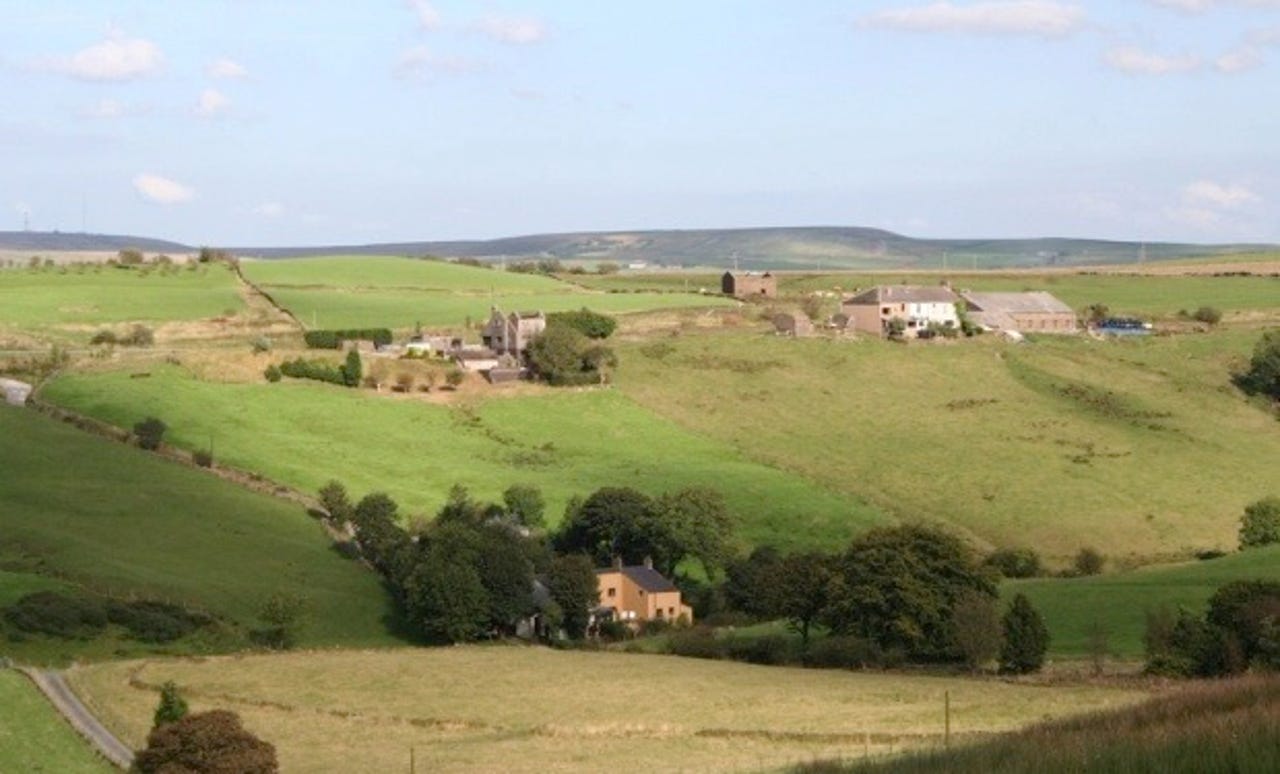U.K. average broadband speed up by 20 percent, but rural divide widens

Britain. Home of rolling hills, tea and crumpets, and cacophonies of hooded youths shouting abuse from their streetside benches at elderly passers-by.
And now, it's also now home to significantly faster broadband — at least by comparison to its friendly American counterparts, where the broadband speed is roughly half the connection speed to the average U.K. household, according to latest figures from U.K. telecoms regulator Ofcom.
The regulator said on Thursday that the U.K.'s average broadband speed has shot up to 14.7 Mbps, up from 12 Mbps in March. (Akamai's figures from April suggest the U.K.'s average broadband speed of about 7 Mbps, while the U.S. was slightly faster at 8 Mbps.)
Say we go with the official U.K. figures. The bright side suggests that is a 300 percent increase in broadband speed from 3.6 Mbps since November 2008 when Ofcom first published average U.K. household speeds.
The reason in the bi-annual bump in speed is an increase take-up of "superfast" services, such as fiber and cable connectivity, which continues to drive the average broadband speed. Also, Ofcom said by May this year, almost one-in-five households were connected to superfast broadband of 30 Mbps or more. Meanwhile, 86 percent were on as-advertised 10 Mbps or more.
But that's the good news. Where the speeds fall down, naturally, is when we look outside the cities and the conurbations and venture out into the countryside where many millions of U.K. residents live.
Ofcom's latest figures will no doubt come as little surprise to those in the cities and the major towns, which are on the most part lucky enough to have been doused in an abundance of bandwidth, rural communities will be shaking their fists in fury at their choppy connections.
There remains a disparity between the urban and the rural communities, Ofcom said, with bandwidth rates dropping by more than half between the city and the country — in spite of speeds getting faster over the whole country on average.
Ofcom explains that the gap has widened likely due to the lack of availability of superfast and fiber services in rural communities. Also, the distance between copper lines between communities and telephone exchange is greater than in cities, which has an effect on individual household speeds.
While those in cities on superfast broadband are bringing up the average at the high-end of the spectrum, the "superslow" connections in the sticks are also dragging down the average at the low-end.
It'll get worse before it gets better, the regulator said: "While the gap between average urban and rural speeds is likely to widen in the short term, Ofcom expects that it will begin to decline over time, as the availability of superfast broadband increases in rural areas."
Meanwhile, superfast 4G mobile coverage carries on extending throughout major metropolitan areas of the U.K., with Vodafone and O2 the latest networks preparing to flip the switches on their respective services in the country.
